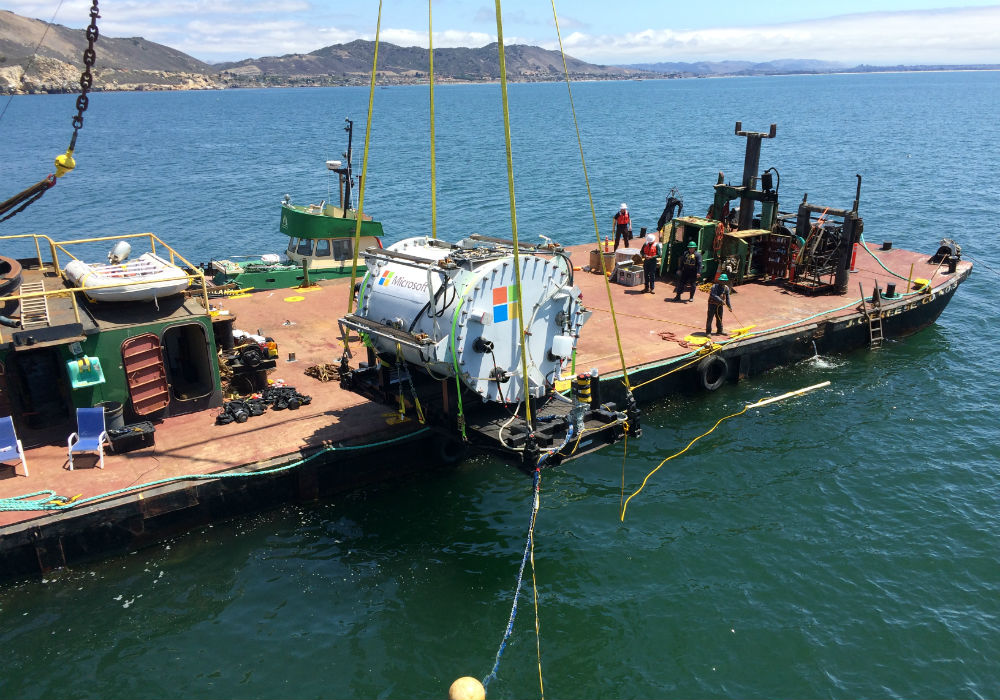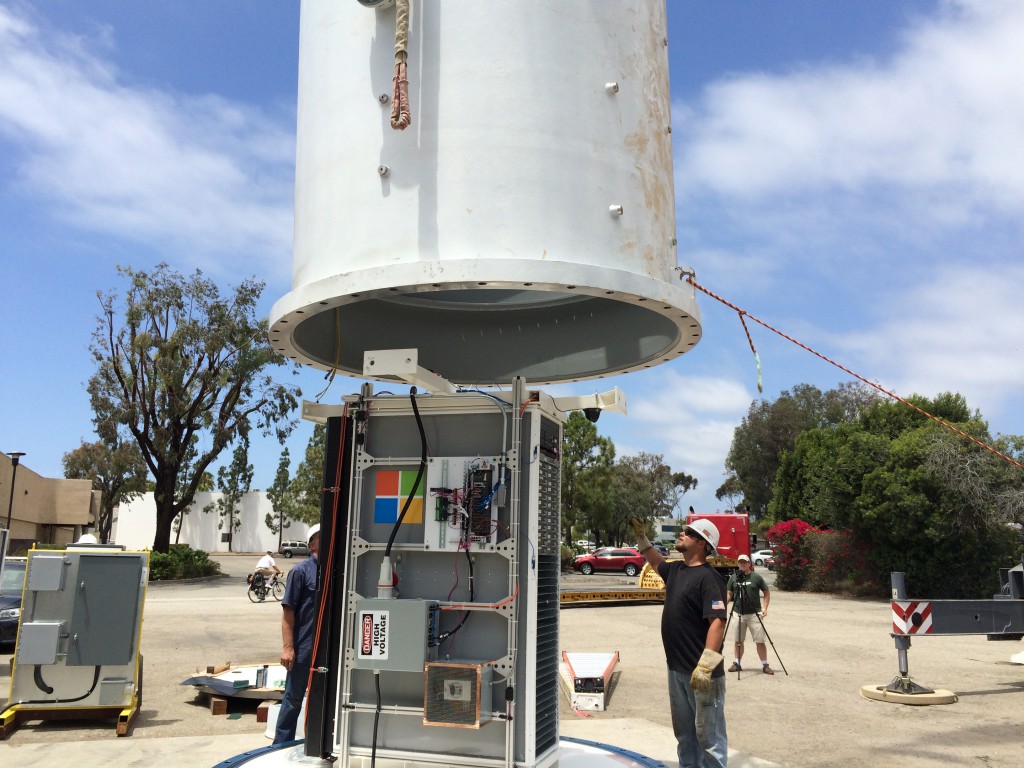How Microsoft is trying to build datacenters under the sea
Datacenters are at the core of cloud computing, consisting of many networked computers that require a lot of power to carry out tasks like storing, processing, and distributing large amounts of information.
Datacenters can receive their power from a ton of source, including environmentally friendly alternatives like wind and solar.
Now, a team of Microsoft researchers have been trying to power them with tidal power, instead. Placing them underwater in an attempt to get them even closer to where people live and work so that computing runs much faster.

Back in 2013 a Microsoft employee named Sean James took a deep interest in placing computers, even entire datacenters, underwater. So, James decided to assemble a team to explore this further. By 2014, Microsoft launched Project Natick, dedicated to understanding the benefits and challenges involved in creating subsea datacenters.
In the course of its research and exploration, the Natick team designed, built, and deployed its own subsea datacenter in the ocean — in a year.
The initial experimental prototype vessel, the Leona Philpot, operated on the seafloor less than a mile off the Pacific coast of the United States from August to November of 2015.
The Natick team deployed the 38,000-pound container underwater which contained a datacenter that consumed the computing power equivalent to 300 desktop PCs.

According to Microsoft, this is the first time a datacenter has been deployed below the ocean’s surface. The company feels that underwater datacenters could solve a slew of problems, such as new power sources, reduced cooling costs, and making it easier and faster to set up datacenters.
Project Natick is in keeping with the quest for cloud datacenter solutions that are less expensive, more responsive, and better for the environment.
Story and video via Microsoft.


Comments are closed, but trackbacks and pingbacks are open.